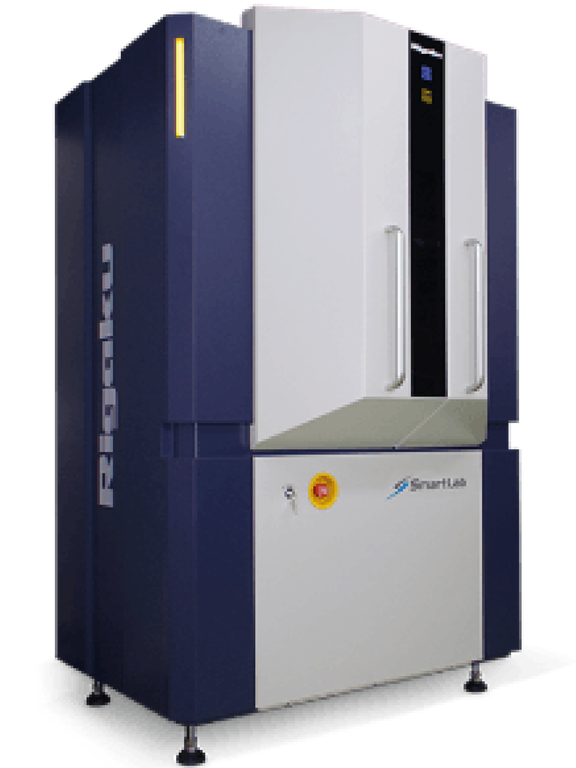X-ray diffractometer (XRD) with small area accessory

Manufacturer and model: Rigaku, Ultima IV
Description: The X-ray diffraction technique commonly available in research laboratories, which we call conventional, is based on the Bragg-Brentano configuration. This enables us to analyze samples previously powdered and to obtain information on the crystal structure and/or relative phase amorphous/crystalline phase in glass ceramic samples. These are information, in general, of an average of what happens in the sample, not allowing us to get more detailed information, for example, of the development of crystallization processes in glass ceramic samples. In order to obtain more information about the crystallization processes in vitreous samples, we requested to FAPESP, through associated CEPID project (CeRTEV Proc. 2013 / 07793-6), the acquisition of a x-ray diffractometer with a small area accessory. This means that this equipment, "up-to-date" can perform the x-ray diffraction in a matter of minutes (with its high speed detector, model D / Tex Ultra2 U4, Rigaku) to refine the crystal structure of a material, rather than hours, as in ancient diffractometers. Furthermore, the diffractometer is equipped with an accessory allowing local x-ray diffraction in an area of 400 microns in diameter.
Acquisition funding: FAPESP (grant # 2016/04779-0)
Location: Vitreous Materials Laboratory (LaMaV)/DEMa
Booking contact: certevlamav@gmail.com